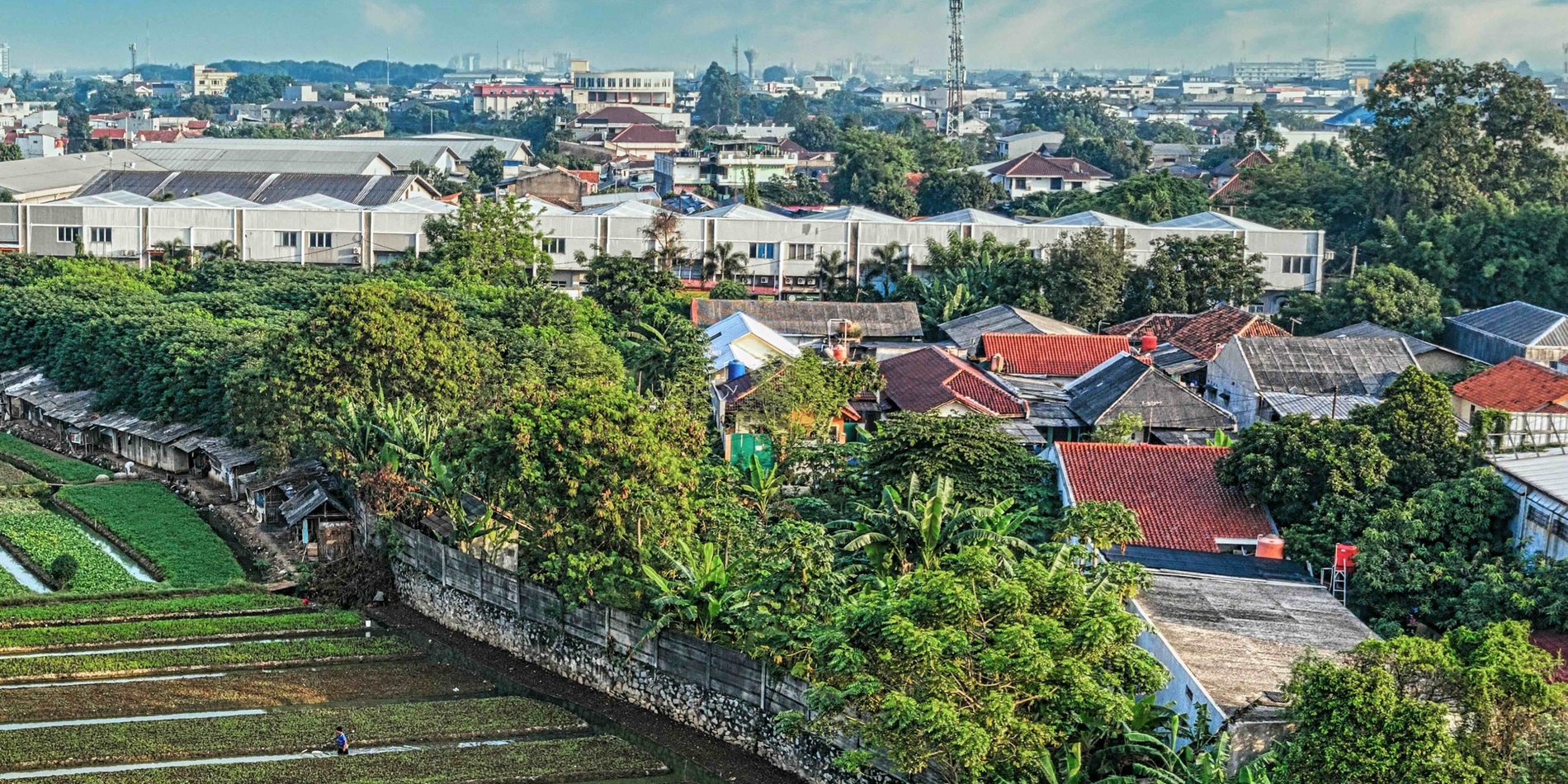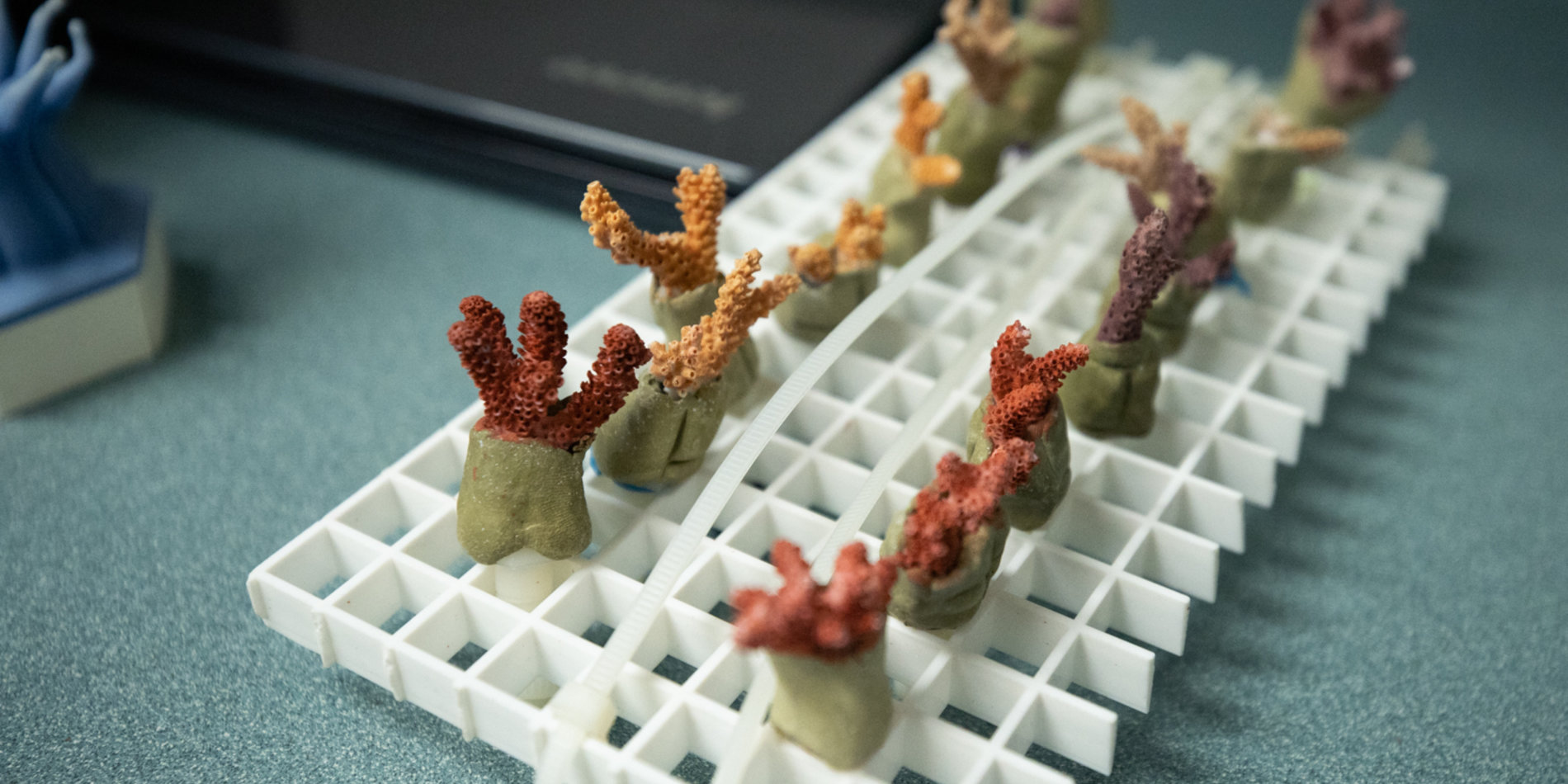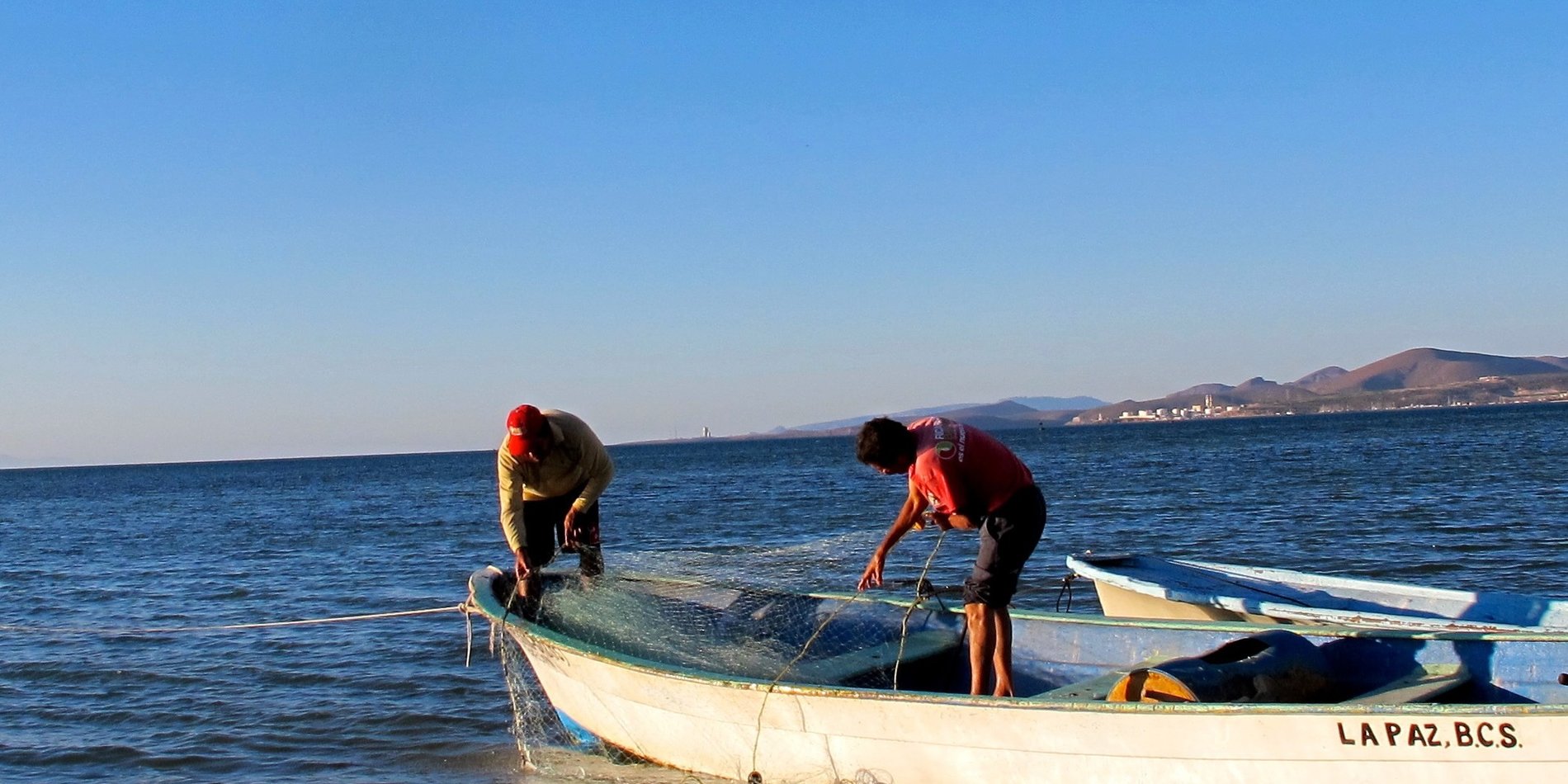New research deepens understanding of ocean “hotspots” of human impact
Humans impact the oceans through pollution, overfishing, and habitat destruction – but the greatest problem is that these pressures overlap and act together, and understanding about their combined impact is limited.
In a new study published in Conservation Biology, Stanford scientists Andy Stock, Larry Crowder, and Fio Micheli, and Ben Halpern, director of the National Center for Ecological Analysis and Synthesis, used new modeling methods to robustly determine which areas around the world are among the most and least impacted by humans.
The team found several areas with consistently high human impacts: the Northeast Atlantic, the eastern Mediterranean, the Caribbean, the continental shelf off northern West Africa, offshore parts of the tropical Atlantic, the Indian Ocean east of Madagascar, parts of East and Southeast Asia, parts of the northwestern Pacific, and many coastal waters. In contrast, the researchers found large areas with consistently low human impacts only in a few remote places: the waters off Antarctica, the central Pacific, and in the southern Atlantic.
“This analysis, for the first time, determines what areas of the ocean we can confidently say are hotspots of human impact, and which are relatively unimpacted,” says Micheli. These findings are important for managers, decision makers and others who need to know where human impacts occur the most and why, to guide conservation and mitigation efforts.
Maps and spatial models are important tools for environmental management and planning, and are crucial to our overall understanding of human impacts on the marine environment. Unfortunately, when creating such large maps, scientists have had to rely on many modeling assumptions and on inaccurate or incomplete data. This time, the researchers didn't use a single model to make a single map, but instead generated thousands of maps with different combinations of assumptions, to increase certainty despite knowledge gaps and any errors in the data. “Each of the maps that we generated was wrong, but each was wrong for different reasons. By identifying which places almost always came up as hotspots of human impact, or as relatively pristine, we can better define priority areas for ocean conservation and research,” Stock says.
Crowder is the Edward Ricketts Provostial Professor of Marine Ecology and Conservation at Stanford Hopkins Marine Station, and also co-director of Stanford’s Osa & Golfito Initiative.
Micheli is also a senior fellow at the Stanford Woods Institute for the Environment and co-director of the Stanford Center for Ocean Solutions. Stock was a Ph.D. Student in Environment and Resources at the Stanford School of Earth, Energy & Environmental Sciences, and is currently a postdoctoral researcher at Columbia University
Stock, A., Crowder, L. B., Halpern, B. S., & Micheli, F. (2018). Uncertainty analysis and robust areas of high and low modeled human impact on the global oceans. Conservation Biology.



